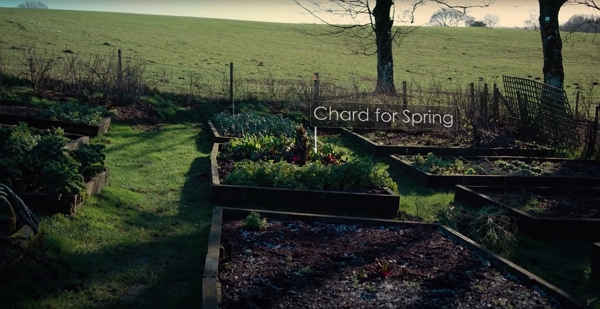
In January, we don’t like going outside because it’s cozy inside. But, maybe, you’re like Huw and, in reality, you need to do some work in the garden. Let’s what
Thanks to Huw Richards for sharing his wisdom and knowledge! I wrote the following notes watching the video published on Huw Richards’ channel.
You can watch it using this YouTube link.
January is a synonym to preparation.
For example, you can start with spreading a load of compost on the beds where you don’t still have food growing, like cabbages or Swiss chard, very useful for the Hungry Gap.
When you tidy your garden, you can reflect on the past year and find out what your plan will look like for the year to come.
For example, you don’t want to change your raised beds in the spring but during those winter months.
Using a tarmac rake
Those rakes are heavier than the normal rake because of their end use.
For spreading compost, they’re also great to help us spread up the compost.
Huw thinks that you need to apply a 5 cm to 7 cm compost layer on the raised beds yearly to replenish the nutrient content of the soil.
Personal note
To put this in concrete numbers, a 5 cm layer of compost on a bed 100 m² garden (which is useable for the crops and excluding the alleys), you would need 5 metrics cube of compost or 5000 liters.
Where I live, to get that much compost would cost a fortune. At 10 euros a bag of 70 liters, it would cost 714 euros to cover the beds…
There are places where you can find compost in bulk for a lower price. In my case, I can’t have it delivered because the minimum quantity is 10 tons!
I could go rent a truck to hold about one ton, equivalent to 2000 liters, for about 115 euros (of which the compost costs just 26…).
Getting compost when you start feels like a challenge!
The when to put the compost depends on what you will grow. In general you will apply compost between autumn and winter. However, you will apply it also in the summer for the Brassicaceae.
January is about planning
It’s a simple month but it’s a key one.
-
Use the time to plan what you will grow, where, with what other crops.
-
Use the past year’s experience to adjust what didn’t work to try out something else.
Personal note
I have a lot of ideas and I’m currently writing a journal of all I will do in the 2022–2023 year.
For me a year begins with autumn harvest time is over until the next one. So it falls around October.
So far, in summary, I picked up a lot of leaves from a nearby park (about 12 metric cubes) to not only cover my garden with a keep-warm blanket but also make more compost.
I also planted broad beans and garlic.
I planted another kiwaï vine (Actinidia arguta) because:
- the first one we planted 3 years ago has provided its first fruits this year and it tastes so good.
- It’s auto-fertile which is easier than the regular kiwi vine (we have a male and female and for 8 years, we had flowers but no fruits).
Stay tuned!